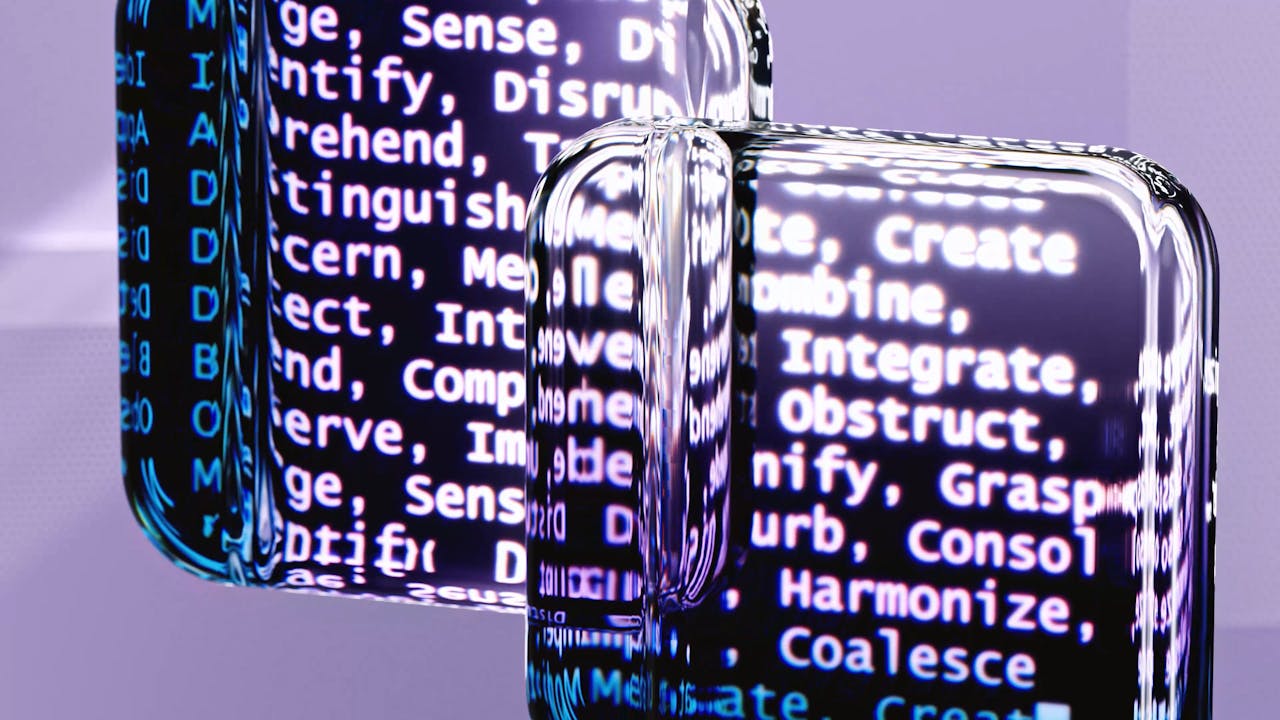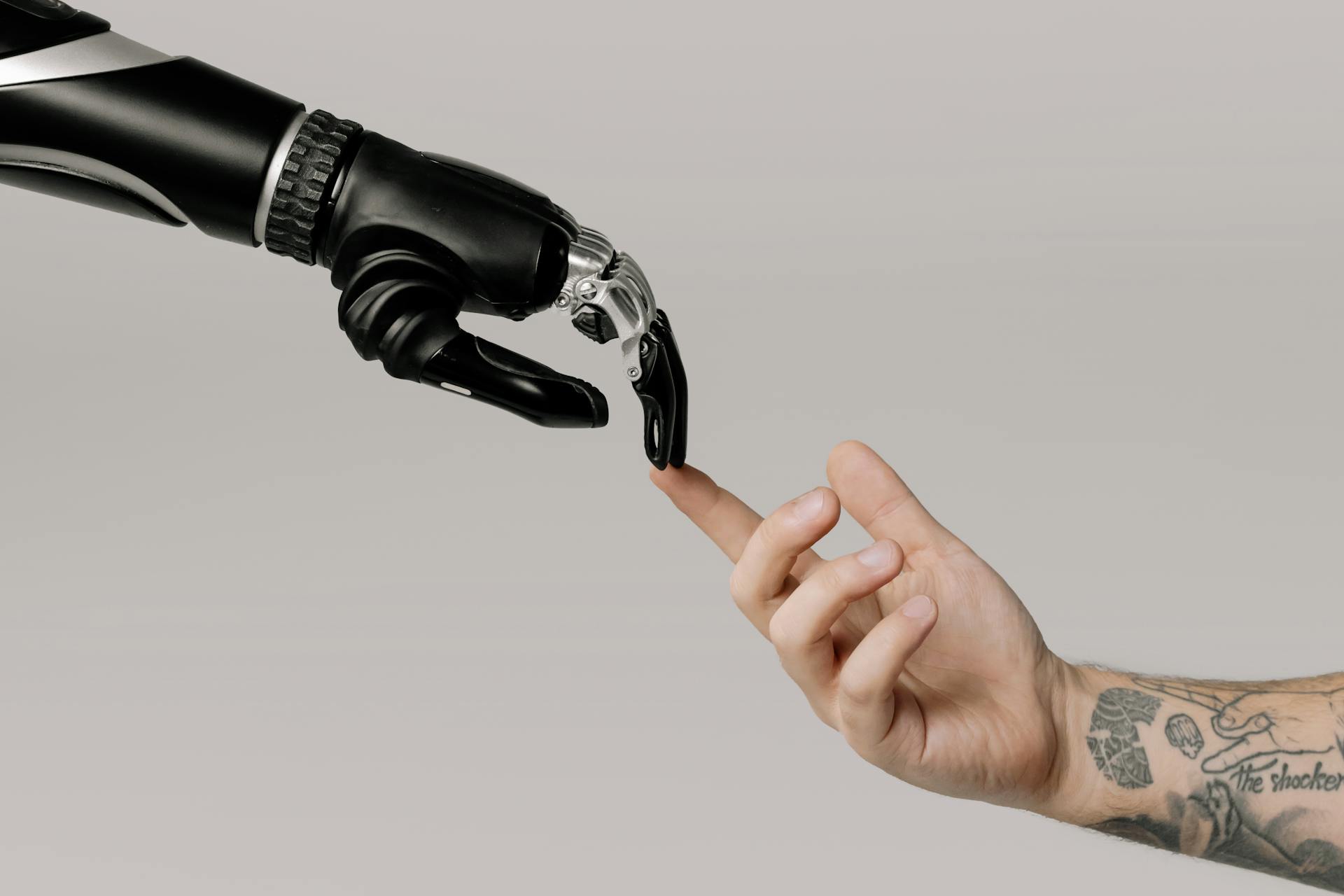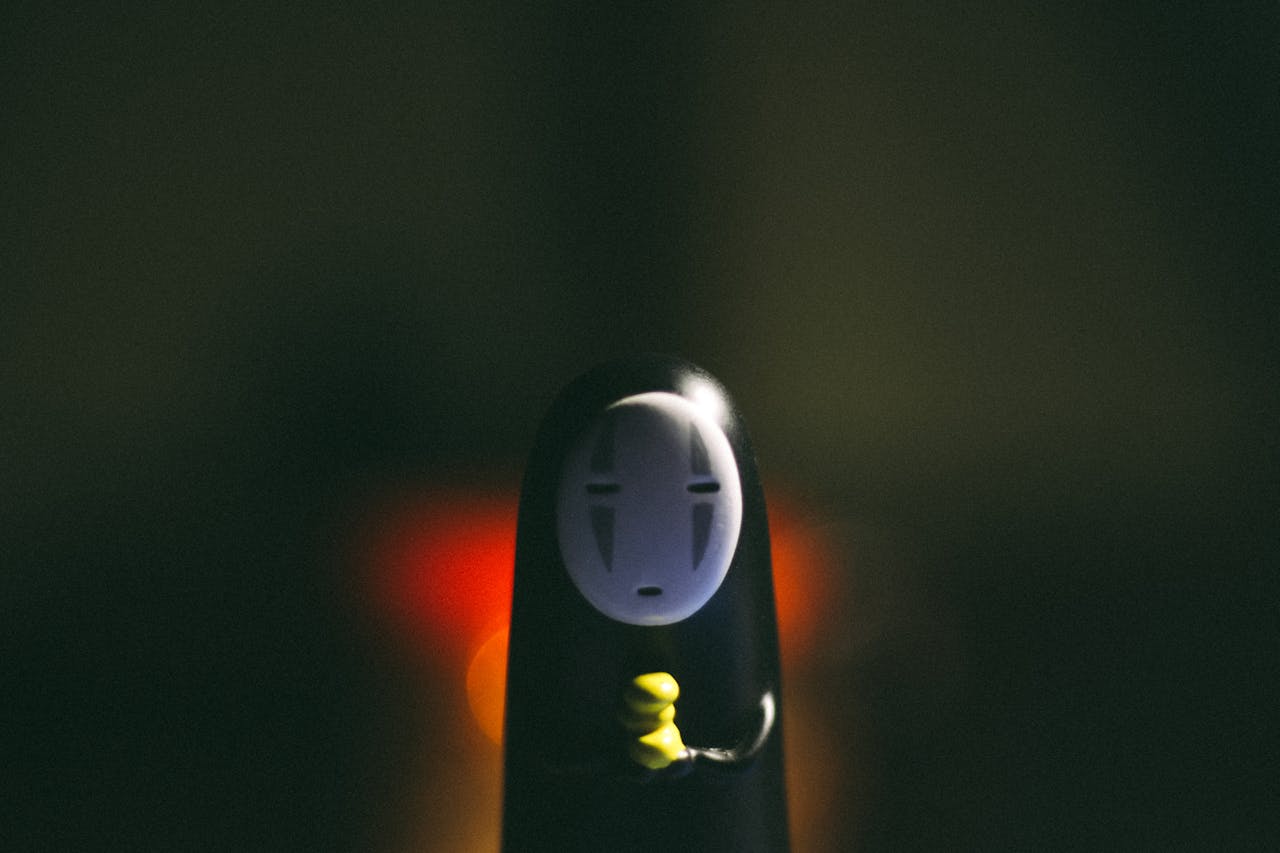By Maria Ravani,
For weeks now, the internet has been flooded with AI-generated pictures that mimic the style of Studio Ghibli. Hundreds, if not thousands, of internet users—with the help of AI tools—have generated photos of themselves, loved ones, or even popular TV moments, replicating the drawing style of Hayato Miyazaki, founder of the legendary and world-famous Studio Ghibli. And although this seemingly cute internet trend, which began when OpenAI introduced this filter (among others), may appear harmless to the average user, many artists—particularly those from the digital art world—have spoken out against these practices.
The conversation surrounding artistic creation and Artificial Intelligence has troubled many for some time now. Numerous digital content creators have expressed concern about certain features offered by AI tools, as they set a dangerous precedent and could potentially—sooner than we think–jeopardize their livelihoods. As AI continues to adapt to human ideals and popular forms of entertainment, constantly collecting data on what is considered ”artsy” or aesthetically pleasing, it becomes increasingly feasible that, in the near future, anyone could simply instruct AI to generate an art piece in the style of famous painters, sculptors, street artists, and more. In other forms of art, such as music, this potential indicates even greater concerns about machine-generated content replacing human creativity.

Returning to the most recent trend sweeping through our social media feeds, even the face behind Studio Ghibli, Miyazaki himself, has publicly spoken out against the use of artificial intelligence in animation. In a recently resurfaced (though older) video, a visibly astounded Miyazaki watches an AI-generated movement demo and comments: “I strongly feel that this is an insult to life itself.”. Little did he know that, years later, this very insult would be used in what feels like a direct attack against his own work—and the values it represents.
The question at hand is complex: How can art coexist with artificial intelligence? Can individuals who use AI to generate artistic content be considered artists? And if so, what distinguishes an artist from an experienced user of AI tools? Is it the idea behind the art that matters most, or the means used to bring that idea to life? Once again, the boundaries between art and technology are blurred, and as a society, we are still far from finding the answers to all these questions.

Is it merely an innocent effort to “Ghibli-fy their own personal photographs”, as one article in Forbes magazine puts it? Or is it something much more profound? Truth is that AI has dominated nearly every aspect of our lives. And nothing will ever be quite the same again. Yet art—for many—is something that transcends this material world. It speaks to virtue, passion, the unknown, and all those things that are, in some way or form, sacred. Trends like the Studio Ghibli filter may end up feeling like an attack on artistic creation itself—an attack on the very artists who bring such creations to life.
Perhaps that is why the discussion around these cute filters and fun internet trends needs to go deeper. It must explore the very real ethical controversy that lies beneath these viral moments: Is it just a trendy feature—or is it, to put it plainly, art theft?
References
- The AI-Generated Studio Ghibli Trend, Explained. Forbes. Available here
- Art vs. Authenticity: Why Studio Ghibli and AI should never mix. San Francisco Foghorn. Available here
- Why the AI-generated ‘Studio Ghibli’ trend is so controversial. ABC.net.au. Available here
- Can AI capture Miyazaki’s soul? OpenAI’s GPT-4o tests animation’s boundaries. Frontline. Available here




